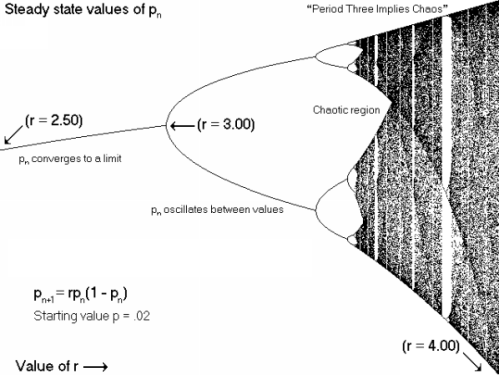 Long before I knew what “it” was, I was doing “it” – systems thinking, that is. I’ve been thinking and writing about a bunch of topics related to this methodology for the past couple of months, and see no reason to break the streak for this week’s series of blogs, so here goes.
Long before I knew what “it” was, I was doing “it” – systems thinking, that is. I’ve been thinking and writing about a bunch of topics related to this methodology for the past couple of months, and see no reason to break the streak for this week’s series of blogs, so here goes.
Systems thinking is a mindset that focuses on the whole enchilada, not the separate metaphorical tortilla, meat, rice and beans. In a project, it’s a mental practice of looking at the entire project as well as the environment in which it exists, the interrelationship of the parts to each other, and to the environment, as opposed to regarding the project as a bunch of discrete tasks strung together like beads on a necklace. One way I like to think about this is that a systems thinker would never attempt to understand how birds flock by cutting apart a bird.
From the moment I started leading and managing projects I perceived that a project was a system of people, products and processes (the 3 Ps), and my job wasn’t just to stitch together a sequence of tasks and tick off status vs. a checklist. There is always a “big picture” that needs to be attended to, understood, and communicated to the universe of stakeholders orbiting any project. I guess my systems approach comes from 7 years of studying physics in college, not that I ever had a class called “systems thinking”. But in physics I learned that everything is connected to everything else in a kind of giant, pulsating, throbbing ocean upon which we, and all of what we experience as “reality”, are all merely ripples. (Yup, physics messed me up pretty good! Don’t EVEN ask me about relativity and time travel!) So I grew to naturally tend to look at the wholeness of a situation, as well as the relationship of the various parts to each other and the whole. It turns out that this is a pretty handy approach for dealing with complex, dynamic, highly interdependent and rapidly changing situations, which most of the projects I’ve worked on have most certainly been.
This week I’ll muse about a couple of the mental models and methodologies that I’ve found useful so at least you’ll know which words to search on for further study. Here’s the list of jargon, with links to Wikipedia, which now has been proven to have fewer errors than traditional, published encyclopedias. (Of course there are still professors out there who refuse to allow it as a reference in research, but they won’t live forever.)
Haven’t heard these words? No worries, if you’re a project manager, or a human being, for that matter, you will intuitively understand all of them. Life is much more complicated than a project, and I’m sure you’ve experienced a lot of these concepts during your lifetime. The famous physicist Richard Feynman assured us “There’s a difference between knowing the name of something and knowing something.” Click through the links and let’s explore these ideas together this week.
BTW – I’m counting on getting some comments in order to dispel the vacant feeling I get when writing on the WWW (sometimes referred to as the “world wide waste of time”) with no response. Even a “Yah, right!” will be welcome.

Check out the book entitled, “The Geography of Thought.” It turns out that some cultures are great at systems thinking and some think atomistically, enchilada versus ingrediants. Guess which is which.
Yah! Right!
I think a lot of us take comfort in analysis — the separate “tortilla, meat, rice and beans.”
On the other hand, we can get overwhelmed as we drill down and down and down… and still not synthesize/recognize the pattern/picture.
Looking forward to your offerings this week!
Thanks for your support, Alan! I am delighted that someone took me up on the “Yah! Right!” response. Nice to know someone’s reading!
I’m looking forward to your insights on these topics! btw: i just read an article in Scientific American that discussed the current thinking about ‘time’. It is an illusion 🙂
Yes, Einstein said sitting on a hot stove makes time seem to pass slowly, while talking with a pretty girl makes it fly by!
In The (mis)Behavior of Markets, Benoit Mandelbrot talks about the expansion and contraction of time in markets. For US markets, I think that this is highly correlated with the Volitilty Index (VIX). VIX goes up, time speeds up, VIX goes down, time slows. Another amazing thing is how humans can handle such wide dynamic ranges. We process sound logarithmically. We process light logorithmically. Why not time, too?